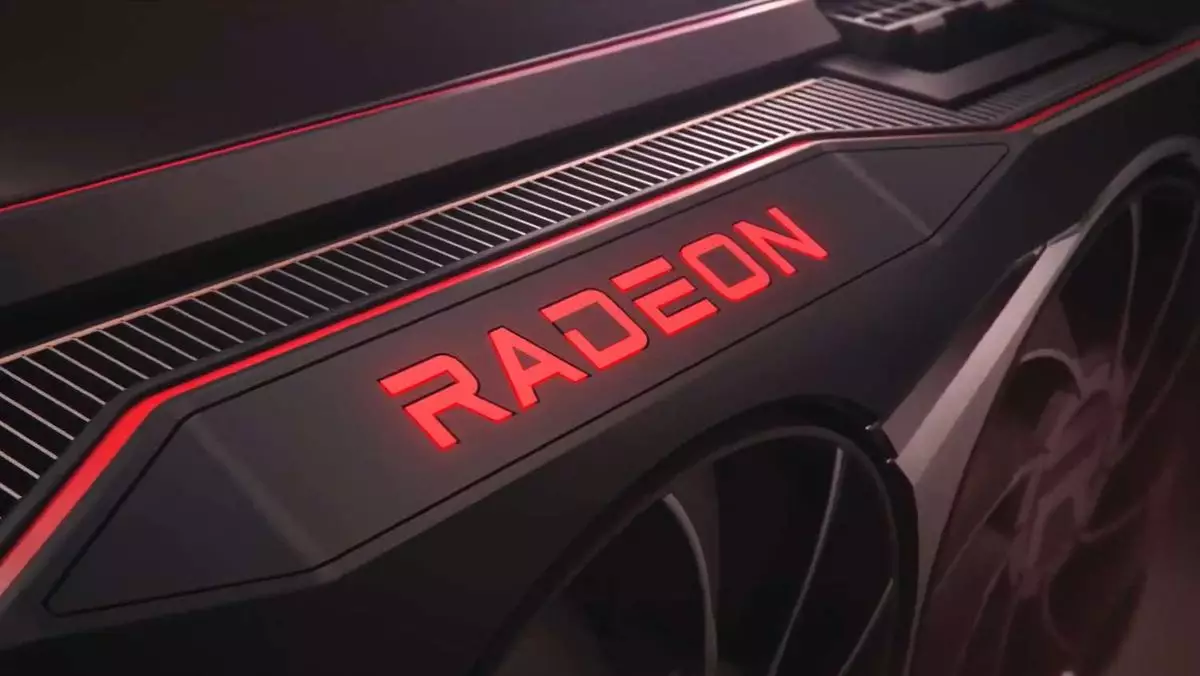As we near the end of another bustling gaming year, a wealth of high-profile titles has promised to make the holiday season a gaming paradise. Yet, amid the fanfare, AMD appears somewhat lagging compared to its competitors, struggling to provide adequate support for these new releases. Recent updates in AMD’s Adrenalin software reveal critical shifts in GPU performance and driver improvements, particularly aimed at enhancing user experience for gaming enthusiasts planning to dive into titles like *Stalker 2* or *Microsoft Flight Simulator 2024* during the festive break.
The latest installment of AMD’s Adrenalin Edition software, version 24.12.1, presents a significant upgrade, introducing support for a range of anticipated games including *Marvel Rivals*, *Dragon Age: The Veilguard*, and *Slitterhead*. This update aims to close the gap between AMD and Nvidia, as users increasingly shift towards graphics cards that can efficiently handle the demands of modern gaming environments.
Moreover, the update addresses various existing issues that have hindered gameplay experiences. Notable fixes include resolving app crashes linked to loading save files in *Monster World* and troublesome performance irregularities in *Fortnite* when running on the Radeon RX 5000-series cards. Such improvements are critical; they not only enhance stability but also necessitate a seamless gaming experience, especially for those who regularly engage in multiplayer online games.
While the update presents several advantageous changes, it also transparently addresses ongoing challenges, such as limitations affecting the Windows Subsystem for Linux and inconsistencies with HEVC encoding in OBS Studio. Acknowledging these issues indicates AMD’s intent to continually refine its software, though a timeline for fixes remains undisclosed. This blend of progress and setbacks typifies AMD’s ongoing struggle to remain competitive in a market dominated by Nvidia.
An important consideration for AMD’s user base is the capability of their GPUs in handling contemporary gaming workloads. As evidenced in performance analysis, the Radeon RX 5700 XT struggles with 4K gaming compared to its Nvidia counterparts, like the RTX 3060 Ti, despite a more solid showing at 1440p resolution. This revelation emphasizes the necessity for users of AMD hardware to stay updated with their drivers, especially as they contend with performance issues across various titles.
In light of the reported performance discrepancies, particularly for titles like *Stalker 2* and *Microsoft Flight Simulator 2024*, it is critical to detail expectations. Although *Stalker 2* is notorious for its performance challenges, the latest update from AMD positions users for potentially improved gameplay experiences. However, definitive outcomes must await user feedback and comprehensive benchmarking following the update.
Specific insights from *Microsoft Flight Simulator 2024* also reveal that augmented system memory—upgrading from 64 GB to 96 GB—results in marked performance enhancements. This informs AMD users that alongside software updates, hardware configuration plays a pivotal role in achieving superior gaming experiences.
AMD’s Adrenalin not only serves as a driver suite—essential for installation and support of graphics cards—but it also acts as a comprehensive performance management system. It provides a platform where users can customize their gaming experience, employing features like FreeSync and Radeon Chill, designed to optimize visual performance and energy consumption during gameplay.
For those entrenched in the AMD ecosystem, downloading the latest version of the software is indispensable; it can be easily located on the AMD drivers and support page. By prioritizing these updates, users leverage new capabilities that can compete more effectively against Nvidia-dominated benchmarks, which still claim the lion’s share of the high-end GPU market.
As gaming continues to evolve, so too must the innovations that support it. With the introduction of Adrenalin Edition 24.12.1, AMD demonstrates a commitment to bridging performance gaps while understanding the limitations that users face. Though the competitive landscape remains tough, gamers leveraging AMD technology should not underestimate the potential for substantial improvements—not just from driver updates but within the broader context of gaming hardware optimization.
Navigating through current challenges while embracing emerging solutions will define the user experience for AMD’s customers. As the advertising season peak approaches, there is hope that future updates can deliver significant advancements and allow AMD GPUs to shine brightly in a festive gaming landscape.

